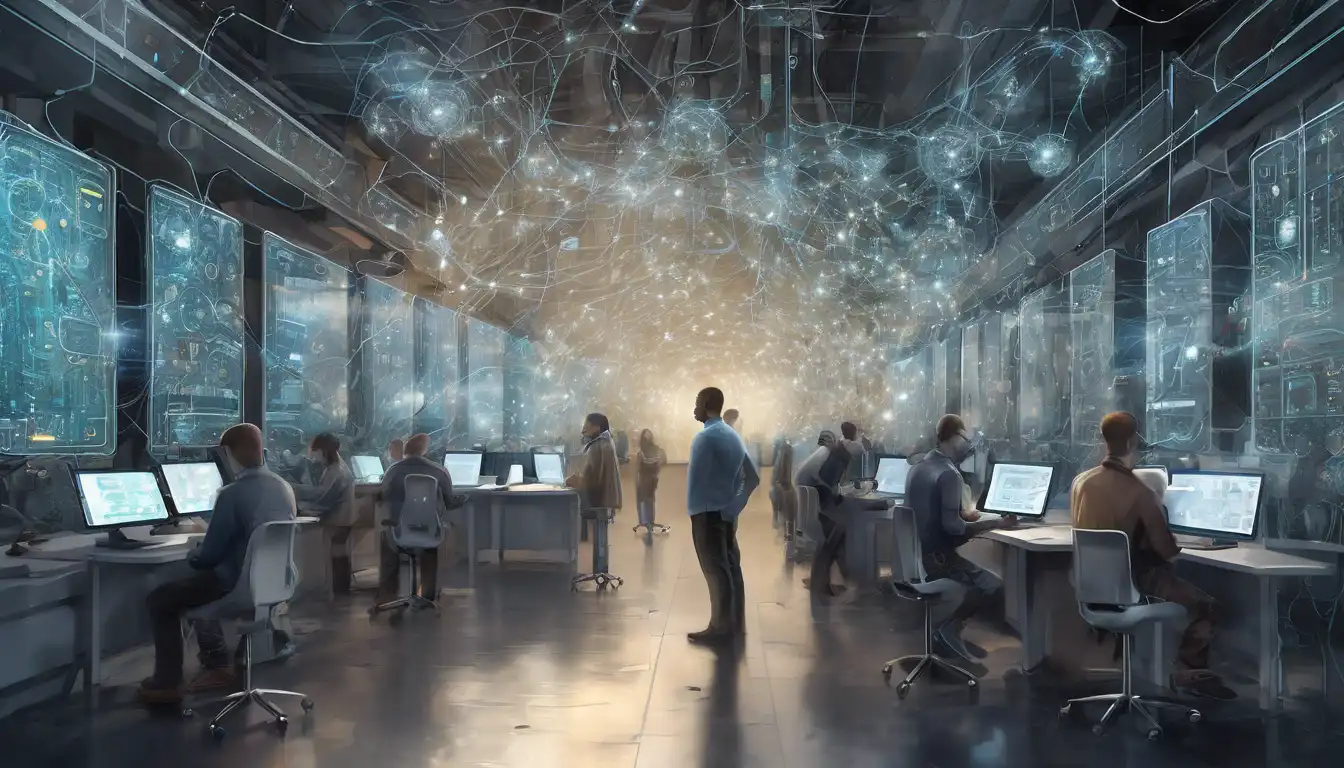Introduction to Machine Learning and Personalization
Machine learning, a subset of artificial intelligence (AI), is revolutionizing the way technology interacts with users. By analyzing data and learning from it, machine learning algorithms can personalize technology to fit individual preferences, enhancing user experience significantly.
How Machine Learning Works
At its core, machine learning involves feeding large amounts of data into algorithms, which then learn patterns and make decisions based on that data. This process enables technologies to adapt to user behaviors and preferences over time.
Examples of Personalized Technology
- Recommendation Systems: Platforms like Netflix and Spotify use machine learning to recommend movies, shows, and music based on your past behavior.
- Smart Assistants: Devices like Amazon Echo and Google Home learn from your commands to provide more personalized responses.
- E-commerce: Online shopping sites personalize your browsing experience by showing products you're more likely to buy.
The Benefits of Personalization
Personalization through machine learning not only improves user satisfaction but also increases engagement and loyalty. Businesses benefit from higher conversion rates, while users enjoy a more tailored and efficient experience.
Challenges and Considerations
Despite its advantages, personalization raises concerns about privacy and data security. It's crucial for companies to balance personalization with respect for user privacy.
Future of Machine Learning in Personalization
The future holds even more personalized technology experiences, with advancements in AI and machine learning paving the way for innovations we can only begin to imagine. From healthcare to education, the potential applications are vast and varied.
For more insights into how AI is transforming industries, check out our article on AI Transforming Industries.
Conclusion
Machine learning is at the heart of personalizing technology, making our interactions with digital devices more intuitive and tailored to our needs. As technology continues to evolve, the level of personalization will only deepen, offering exciting possibilities for the future.
